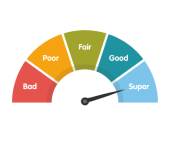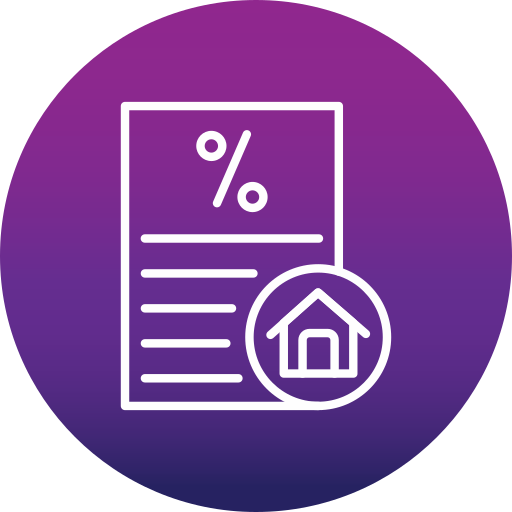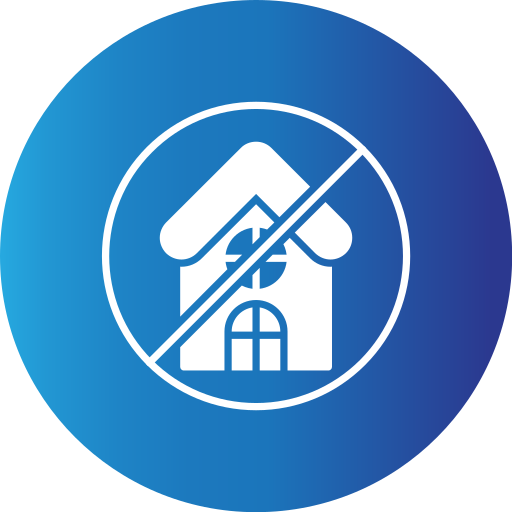Special Offers




Special Offers




10-Oct-2023 | Green Home
![Energy-Efficient Appliances - A Green Home Essential [2024]](/uploads/images/blog/blog-posts-a-green-home-essential-782694309.jpg)
In the era of climate change and environmental consciousness, green homes have gained significant traction. Green homes, also known as sustainable homes, are designed to minimise their impact on the environment and maximise energy efficiency. They are not only beneficial for the planet but can also save homeowners money in the long run. One of the key elements in creating a green home is the use of energy-efficient appliances.
This comprehensive guide will explore the importance of energy-efficient appliances in green homes and how they contribute to sustainable living.
Green homes are residences designed with a focus on reducing their overall carbon footprint. These homes are built using sustainable materials, incorporate energy-efficient technologies, and often feature renewable energy sources like solar panels. The aim is to create a living space that consumes fewer resources, produces less waste, and relies on clean energy sources.
To truly appreciate the significance of green homes, it's essential to understand the environmental impact of conventional homes. Traditional homes are notorious for their resource-intensive construction and energy-hungry operations. They contribute significantly to greenhouse gas emissions, primarily through energy consumption for heating, cooling, lighting, and household appliances.
Green homes, on the other hand, are designed to mitigate these impacts. They prioritise energy efficiency, reduce water consumption, and promote the use of sustainable materials, all while providing a comfortable living environment.
Energy-efficient appliances play a pivotal role in green homes. These appliances are engineered to use less energy while delivering the same if not superior, performance compared to their non-efficient counterparts. From refrigerators to water heaters, energy-efficient appliances are available for nearly every household need. Let's delve into why these appliances are considered a cornerstone of green homes.
The primary advantage of energy-efficient appliances is their ability to reduce energy consumption significantly. They achieve this through advanced technologies such as improved insulation, better control systems, and optimised components. For instance, an energy-efficient refrigerator can maintain a lower temperature using less electricity, saving energy and reducing your utility bills.
When you install energy-efficient appliances in your home, you'll notice a substantial decrease in your monthly utility bills. While the initial cost of purchasing these appliances may be higher than their conventional counterparts, the long-term savings more than make up for it. Homeowners can allocate the money saved on energy bills to other essential expenses or investments
Reducing energy consumption has a direct positive impact on the environment. By using energy-efficient appliances, you are effectively lowering your carbon footprint. This means fewer greenhouse gas emissions, which contribute to global warming and climate change. Sustainable living is not just a buzzword; it's a responsibility we all share in preserving our planet for future generations.
Energy-efficient appliances are often built with higher-quality materials and superior craftsmanship, resulting in a longer lifespan. While they may cost more upfront, they tend to require fewer repairs and replacements, further enhancing their economic and environmental benefits.
For those who are passionate about green living and sustainability, building a self-built green home can be a dream come true. Such a project allows you to have full control over every aspect of your home's design and construction, including the choice of energy-efficient appliances. Here are some essential steps to consider when building your self-built green home:
Choose a site for your green home that maximises natural resources such as sunlight and wind for energy generation. Proper site selection can reduce the energy requirements of your home, making it more sustainable.
Opt for sustainable and eco-friendly building materials that are durable and have a low environmental impact. This includes using recycled materials and products with low volatile organic compound (VOC) emissions.
Work with architects and designers who specialise in green home construction. They can help you create an energy-efficient design that minimises energy consumption and maximises natural ventilation and lighting.
Consider incorporating renewable energy sources, such as solar panels or wind turbines, into your home's design. These sources can help power your energy-efficient appliances and reduce your reliance on fossil fuels.
Select energy-efficient appliances that are ENERGY STAR certified or meet other relevant energy efficiency standards. This includes five-star rated appliances like HVAC systems, water heaters, refrigerators, etc., which are instrumental in achieving a low-energy consumption home.
Once your self-built green home is complete, it's essential to monitor and maintain your energy-efficient appliances and systems regularly. Proper maintenance ensures that your home continues to operate at peak efficiency, maximising energy savings.
While energy-efficient appliances are a crucial component of sustainable living, there are additional steps you can take to make your green home even more environmentally friendly:
Install water-efficient fixtures and appliances to reduce water consumption. This includes low-flow faucets, showerheads, and high-efficiency washing machines. Collecting rainwater for irrigation can also be a sustainable water-saving practice.
Incorporate smart home technology to optimise energy usage further. Smart thermostats, lighting controls, and home automation systems can help you monitor and manage your home's energy consumption efficiently.
Choose native plants for landscaping to reduce water requirements and support local ecosystems. Implementing sustainable landscaping practices can enhance the overall sustainability of your green home.
Minimise waste by practising recycling and composting. Design your home with recycling and composting areas to make these practices convenient and accessible.
Educate yourself and your family about sustainable living practices and their importance. Advocate for sustainability in your community and engage in initiatives that promote green living.
Energy-efficient appliances are undeniably essential in the journey toward creating green homes and sustainable living. They reduce energy consumption, lower utility bills, and contribute to a healthier planet. Moreover, the impact of energy-efficient appliances extends to the world of home loans, potentially influencing loan terms and appraisal values.
Whether you are building a self-built green home or simply looking to make your current residence more eco-friendly, investing in energy-efficient appliances is a wise choice. As the world continues to grapple with environmental challenges, green housing is not just a trend; it's a necessity for a sustainable future.
By embracing energy-efficient appliances and adopting other sustainable living practices, you can not only reduce your environmental footprint but also create a comfortable and cost-effective living space. In doing so, you join a global movement towards a greener, more sustainable future—one home at a time.